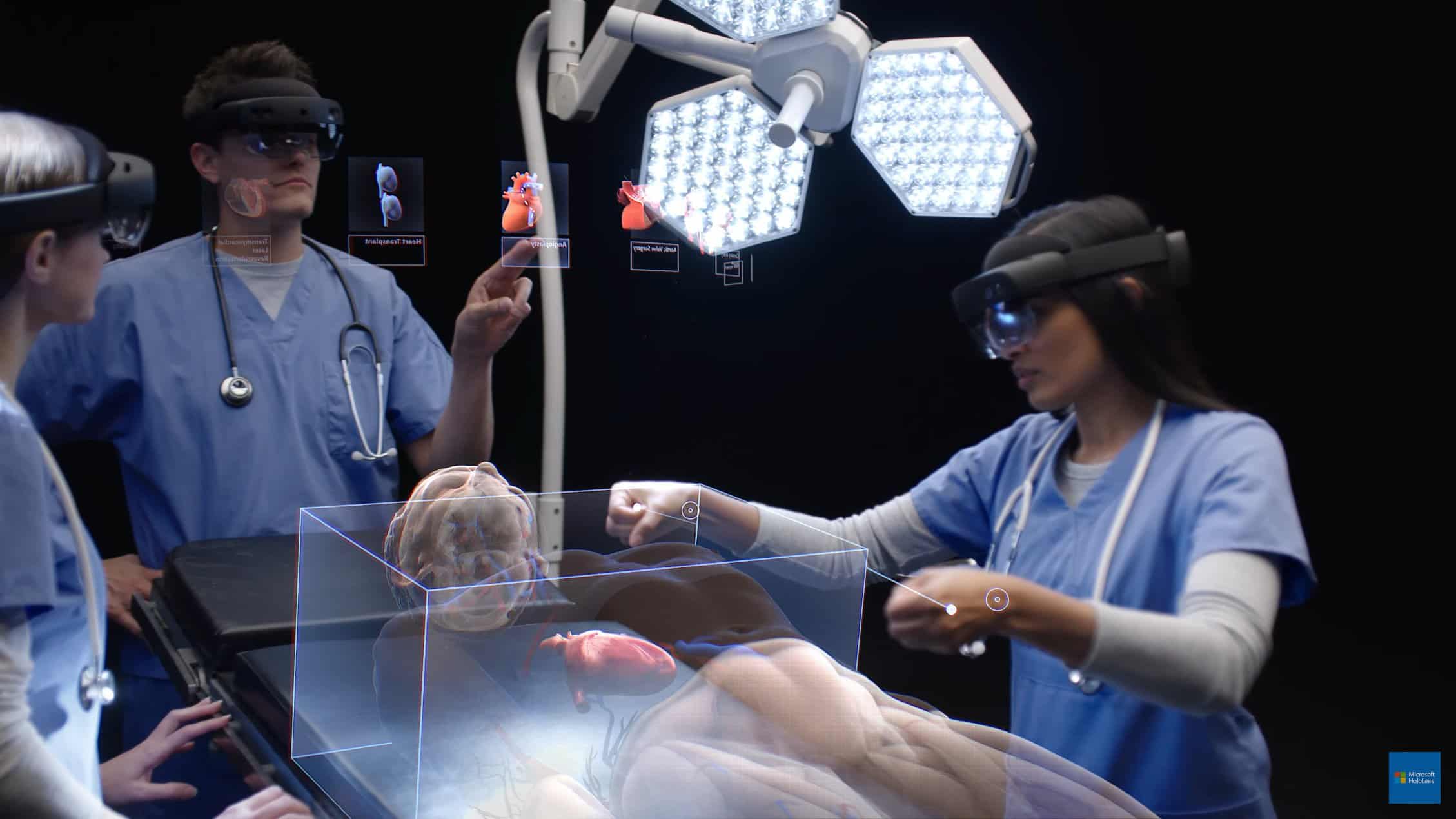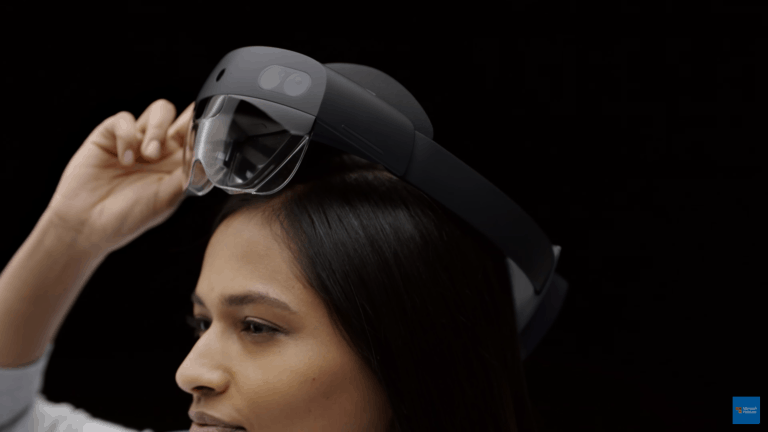Four years after the launch of the first HoloLens, Microsoft went to the Mobile World Congress in Barcelona to introduce a successor to the world. The HoloLens 2 eliminates several pain points of the first generation.
In recent years, the HoloLens has been on a bumpy course, but the glasses for augmented reality – or mixed reality, as Microsoft calls it – ultimately found success for business applications in various vertical markets. With the HoloLens 2, Microsoft has clearly set its sights on further expansion in the business market.
Microsoft has further refined the design of the HoloLens, resulting in smaller, lighter and more comfortable glasses. First impressions confirm that the glasses are indeed more comfortable to wear than their predecessors.
Another difference with the first generation is the choice for an ARM chip instead of Intel. HoloLens 2 runs on Qualcomm’s Snapdragon 850, combined with a custom holographic chip, which should greatly improve battery life (2 to 3 hours). The glasses only work with Universal Windows Apps, which can easily be made compatible with Windows 10 on ARM.
Hand tracking
One of the most important new features is the addition of hand tracking via a new Azure Kinect sensor. Tracking your hand movements works in tandem with eye tracking, so you can interact with virtual objects in mixed reality in a natural way. A controller is no longer necessary. Voice recognition is also built in.

In addition, the field of view of the glasses was drastically improved. This is the field of vision that you have through the glasses, in which virtual objects are visible about reality. The limited field of view was a major drawback of the first HoloLens and has been doubled with the new glasses.
Microsoft uses a new technology with laser light and oscillating mirrors to display the image on the glasses. As a result, the company has managed to maintain the resolution and quality, resulting in a 2K display for each eye.
Finally, there is the HoloLens Customization Program that allows companies to build their own version of the glasses, adapted to their unique needs. For example, the glasses should be integrated into a safety helmet so that they can be used without risk at a construction site.
Vertical markets
The focus remains primarily on first-line employees in vertical markets, such as workers at a construction site, but also in factories, car garages, operating theatres and so on. Initially, therefore, the glasses will only be sold to companies.
You pay 3,500 euros for an enterprise bundle, compared to 5,000 euros for the first generation. Microsoft also offers a subscription formula of $150 per month. Euro prices have not yet been published
The HoloLens 2 can already be ordered now and will be sent out to the first customers later this year. For the time being, it is not yet the turn of the Benelux, but spectacles will already be available in Europe, including Germany and the United Kingdom.
Related: Read all the news from Mobile World Congress in Barcelona
This news article was automatically translated from Dutch to give Techzine.eu a head start. All news articles after September 1, 2019 are written in native English and NOT translated. All our background stories are written in native English as well. For more information read our launch article.